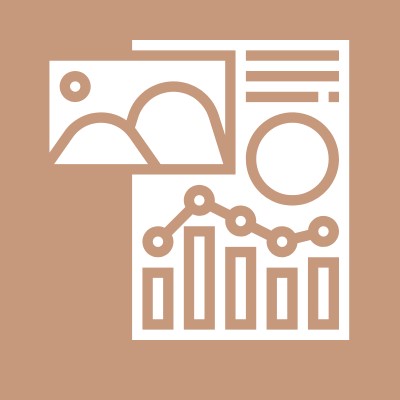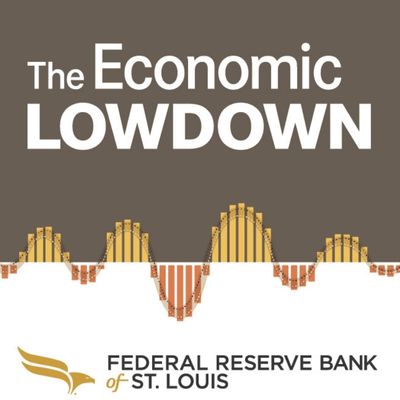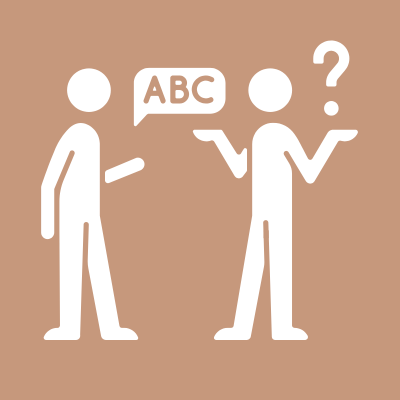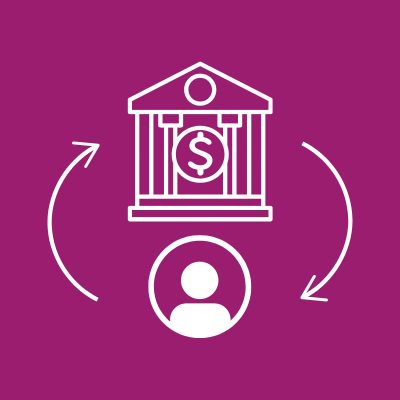Teaching the New Tools of Monetary Policy
Resources for teaching the Fed's monetary policy tools in an ample-reserves framework.
{{searchResultSnippet}}
 Back to All
Back to All

In this video assignment, look back in time to discover how the Fed took significant, decisive actions to stabilize the nation's financial system during the financial crisis of 2007-2009.
In 2007, a financial crisis began that was the worst since the Great Depression. Among other things, a housing bubble burst, many home loans were in default, and a number of major financial firms either failed or were saved only by government intervention. Well the financial crisis of 2008 and early 2009 was certainly the worst financial crisis since the Great Depression, and by some measures probably even worse than the Great Depression. So the Federal Reserve took a lot of actions to try to stabilize the financial system that involved short-term lending to financial institutions to allow them to remain open and allow them to remain solvent. And beyond that, we took a lot of actions to try to make sure that the critical financial markets were also functioning. The Federal Reserve also dropped interest rates to very low levels to ensure that credit could continue to flow across parts of the country when confidence was really eroded at that time. It's one of the essential roles of a central bank to make sure that liquidity is there in a time of crisis, to make sure that financial institutions were able to get access to funding so that they could continue to make loans and to meet their obligations in the regions. The financial crisis revealed some critical gaps and weaknesses in financial regulation. The Dodd-Frank Wall Street Reform and Consumer Protection Act, which was passed in 2010, dealt with a number of these weaknesses. Dodd-Frank created the Financial Stability Oversight Council, which monitors risk in the overall financial system. The Federal Reserve is a member of this council. The act also expanded the Fed's supervisory responsibilities to include savings and loan holding companies. They also include some non-bank financial firms and payment, clearing, and settlement utilities. And, the act requires the Federal Reserve and other supervisory agencies to supervise financial institutions and critical infrastructures with an eye toward the safety and soundness of each individual firm and risks to overall financial stability. Dodd-Frank transferred many of the Federal Reserve's responsibilities and those of other agencies for consumer protection to the newly formed Consumer Financial Protection Bureau. The Dodd-Frank Act also modified the Fed's ability to give emergency loans to individual companies during financial crises. It requires the Fed to make such loans only when they're made available broadly, not just to specific firms. The Fed and other agencies were there to do what they could to stabilize the economy. But, economies are very complex the crisis was severe and long lasting, and it showed once again that there are no magic bullets to quickly fix an ailing economy.

Teaching the New Tools of Monetary Policy
Resources for teaching the Fed's monetary policy tools in an ample-reserves framework.

Long-Run Equilibrium
Introduce the aggregate demand / aggregate supply model.

Fiscal & Monetary Policy
Define fiscal and monetary policy and highlight their differences.

A Cotton Tale
Analyze the causes and consequences of cotton production in the U.S.

Economic Growth
Learn about economic growth and how technology impacts factors of production.

Jargon Alert: Leading Indicators
Learn about leading economic indicators and their use in forecasting the economy.

Boom Times and Bubbles: The Internet Age
Learn about the Monetary Control Act of 1980.

Central Banking
Learn the basics parts a central bank.

Creation of the Federal Reserve
Learn about banking panics, recessions, and depressions in the U.S. during the 1800s.

Inflation, Deflation, and Disinflation
Learn the differences between inflation, deflation, and disinflation.

Inflation, the Fed, and You
Learn what causes inflation.

Introduction to the Federal Reserve
Introduce the Fed’s three main functions.

Monetary Policy Fed and You
See how the Fed conducts monetary policy.

Money Versus Barter
Learn how money solves problems created by barter systems.

Price Stability
Learn the importance of price stability.

Stagflation in the 1970s
How did Federal Reserve Chairman Paul Volcker contain inflation, spurred economic growth, and reduced unemployment?
{{resourceTitle}}
{{resourceBlurb}}